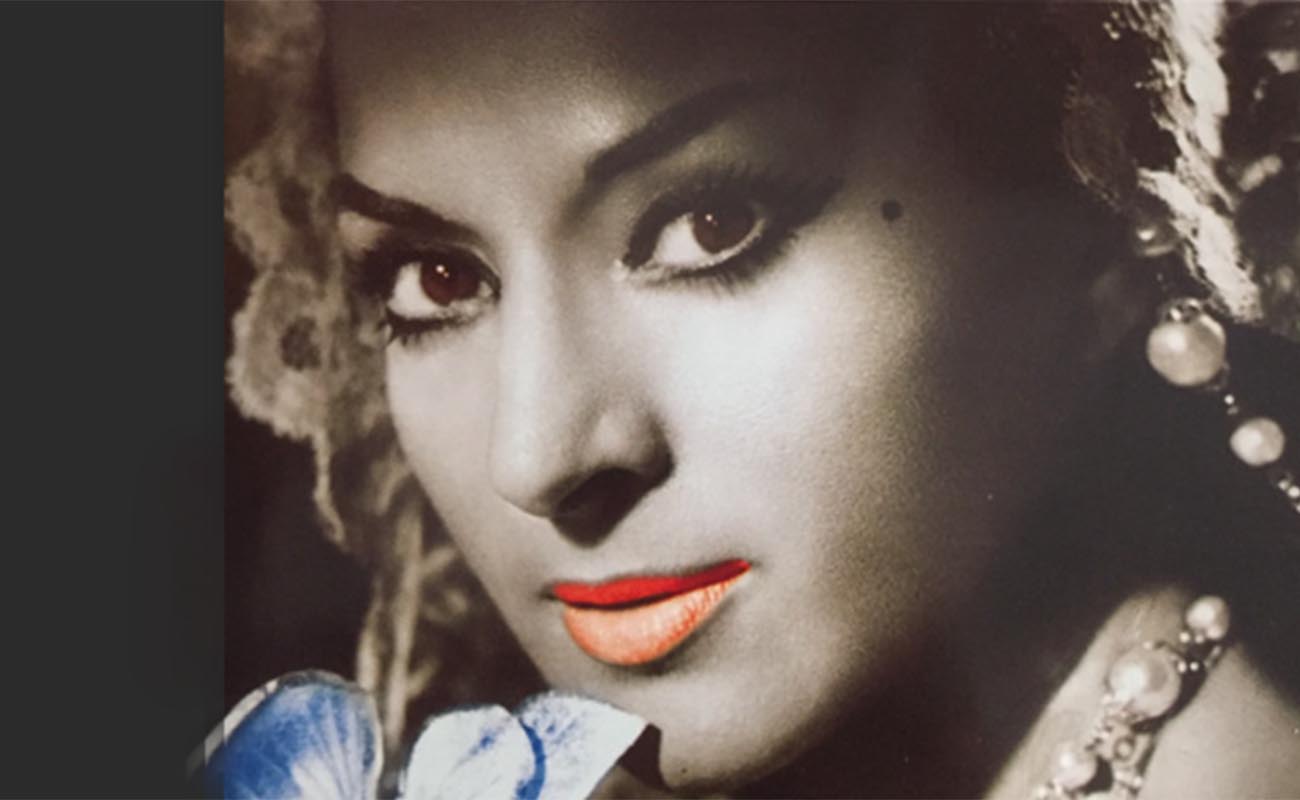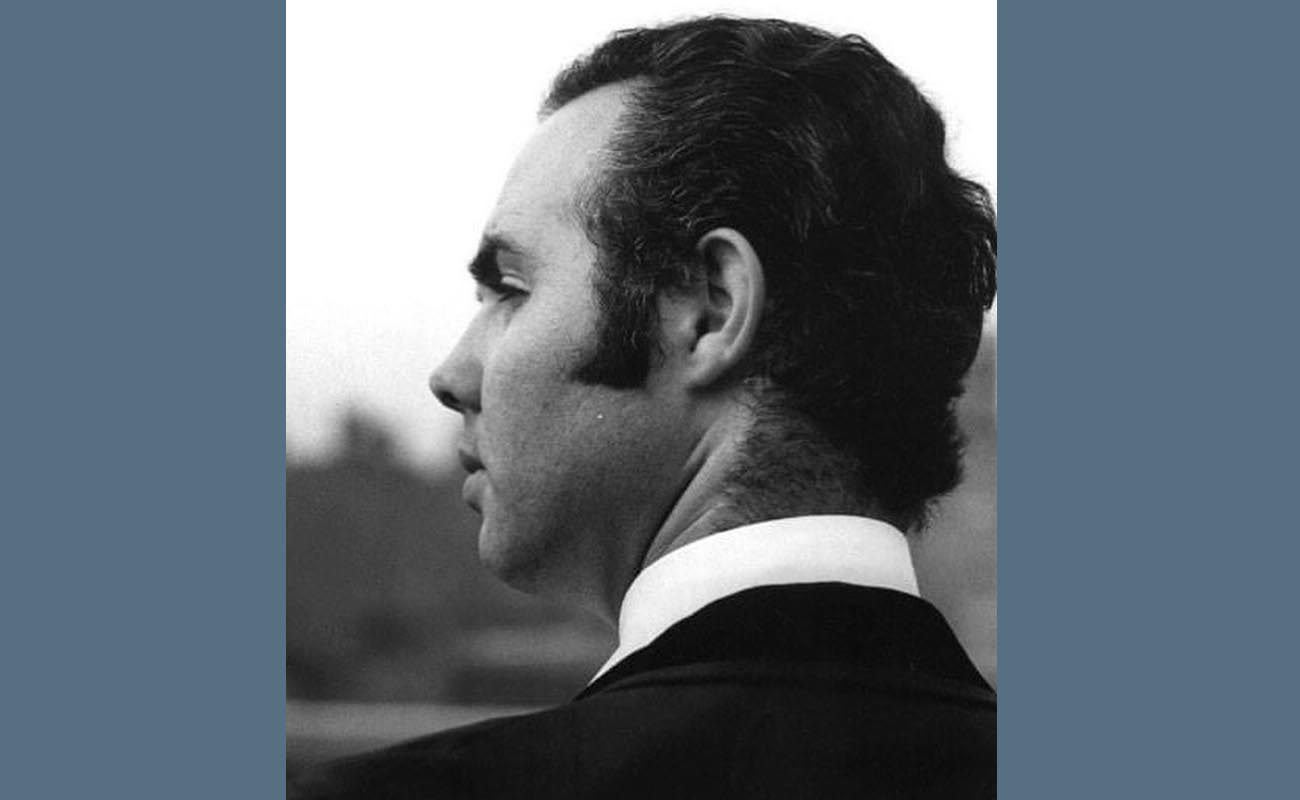Lola and the current austerity of flamenco
Where is the aesthetic of flamenco? Isn't it what our Lola exudes, and what attracts us more every day? How can audiences accept the unbearable darkness and slow movements of so many current flamenco works, while gulping down Lola's vibrant art without reservation?

On March 31, 2023, the Lola Flores Cultural Center was inaugurated in Jerez de la Frontera. Although she is no longer with us, Lola continues to invade the collective psyche with her dynamic personality, showing us the way to the light of Andalusia with the spark and intensity of her being.
More than 40 years have passed since the “revitalization” of flamenco (the ironic tone is with intent) took the express lane and left those of us of a certain age in the museum of nostalgia (once again, the slightly sarcastic tone is intentional).
The Lola mania that has recently infected almost all of us in this “Year of Lola Flores,” with her extravagant aesthetic, grapefruit-sized flowers, earrings that look like small chandeliers, polka dots and psychedelic prints, all in size XXX, including the tangle of hair that serves as a dance partner for the hands of La Faraona, whom we are told ad nauseam “doesn’t sing or dance,” is all a vibrant cliché called Lola Flores, a spectacle unto herself. Her expansive personality and appearance coincide with the image of popular flamenco from the 1950s, 60s, and even 70s, as perceived by the general public, both nationally and internationally.
«It behooves us to look to the past in order to understand, cultivate and appreciate the aesthetics of future flamenco, in any of its forms. It’s a living and dynamic genre, while at the same time fragile and vulnerable. A celebration of life in all its manifestations to the sound of an endless symphony of rhythm»
But starting in the 80s, flamenco meant for popular consumption moved to another psychological location. A dense veil of contemporaneity began to descend and envelop the existing product, isolating it from a valuable reality and spiritually suffocating it. What there had been up until then began to emit a moldy smell that increasingly bothered the emerging generation of interpreters eager to succeed through novelty, and it became essential to experiment, renew, modernize. That was when the so-called “new” flamenco was slowly and painfully birthing from the classic manifestation with no anesthesia. Every time a follower of conventional flamenco gets up and exits a theater, leaving their (expensive) seat empty at mid-performance because they can’t quite grasp the new wave, the flamenco spirits cry a little, dry their tears with abandoned shawls, and resignedly say “goodbye, goodbye” (accept for a moment that the spirits speak) with limp movements of the fringes.
The above-mentioned curtain continues to descend even as you read these words, and it’s black and dense. The artists are dressed in black. Women do not wear flowers in their hair or polka dot scarves. There are empty faces, coldness, an impenetrable synopsis, and very very little light. My eyes crave light and color. Something that reflects the intensity of being alive and feeling emotions that come from an unknown place. Where is the aesthetic of flamenco? Isn’t it what our Lola exudes, and what attracts us more every day? How can audiences accept the unbearable darkness and slow movements of so many current flamenco works, while gulping down Lola’s vibrant art without reservation?
It behooves us to look to the past in order to understand, cultivate and appreciate the aesthetics of future flamenco, in any of its forms. It’s a living and dynamic genre, while at the same time fragile and vulnerable. A celebration of life in all its manifestations to the sound of an endless symphony of rhythm.





